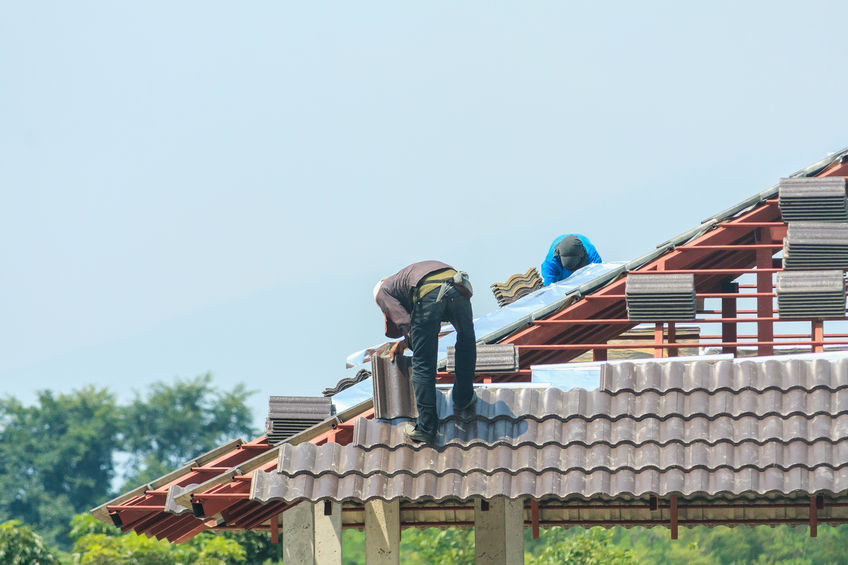Factors That Determine the Frequency of Roof Inspection
- Roof Material

The type of roof shingles or tiles determines how often they need to be inspected. Different types of roofing materials wear differently depending on the weather conditions in your area. The general guidelines suggest that roofs with asphalt and composite shingles need to be inspected every three years. Tile roofs can last up to five years between inspections if installed as recommended by the manufacturer. However, coverings that can degrade at a faster and may require regular inspections between seasons protect the structural components and underlayment.
- Bad Weather
A roof should be inspected after a major storm that comes with flying debris, hails, and strong winds. Professional inspectors look for common roof issues such as broken or missing shingles, leaks in the attic, holes in the roof membrane, and broken flashings. Inspecting your roof after a big weather event helps detect potential problems before they get any worse.
- Age of Your Roof
The frequency of your roof inspections may vary depending on the age of your roof. Older roofs are more susceptible to weather damage than new roofs thus benefit more from seasonal inspections. The interior and exterior of old roofs need to be inspected for structural damage and other potential problems that can wreak havoc in the future.
- Tree Coverage
Trees can cause a serious problem to your roof in the event of a storm and strong winds. Large branches and limbs that fall off from the trees around your house can leave holes in the roof. Small branches that snap off during strong winds can also rip off the shingles. Homes with a large tree coverage need to be inspected at least once every year to ensure there are no signs of damage caused by falling branches and dead leaves clogging the gutters.
Can I Inspect The Roof Myself?
DIY roof inspections can help you identify potential problems before they get worse. However, a thorough roof inspection requires the help of a professional as there is a lot more than inspecting your roof from the ground. They use special tools and skills to identify weak spots in your roof that could not be seen just by looking. Walking aimlessly on the roof not only poses danger to your safety but can also cause damage to the roof tiles or shingles. It is hard to tell what is wrong or right with the materials underneath the roof if you do not know what you are looking for.
If you want to avoid the dangers associated with a DIY roof inspection, consider hiring a professional roofing company to inspect for you. They can spot problems that a regular homeowner may not notice until the problem worsens. Professional roofers not only inspect your roof from the outside but also the inside. Using their special skills and equipment, they can find things that are hidden inside the roof such as missing or damaged installation, black mold, and holes that affect the functionality of your roof. Besides identifying problems with your roof, they provide ideal solutions that save you a lot of money on expensive repairs in the future.
A professional roof inspection may seem like a lot to think about a regular homeowner working on a tight budget. However, setting aside some time to have your roof inspected can save you money in the long run. Homeowners who value their homes schedule a roof inspection like any other important maintenance task. An early inspection helps you identify potential problems and perform necessary repairs to avoid spending more in the future. A roof can have a very long lifespan if properly maintained both from the inside and outside. This not only helps boost curb appeal but also protects the interior roof layer from damage.
